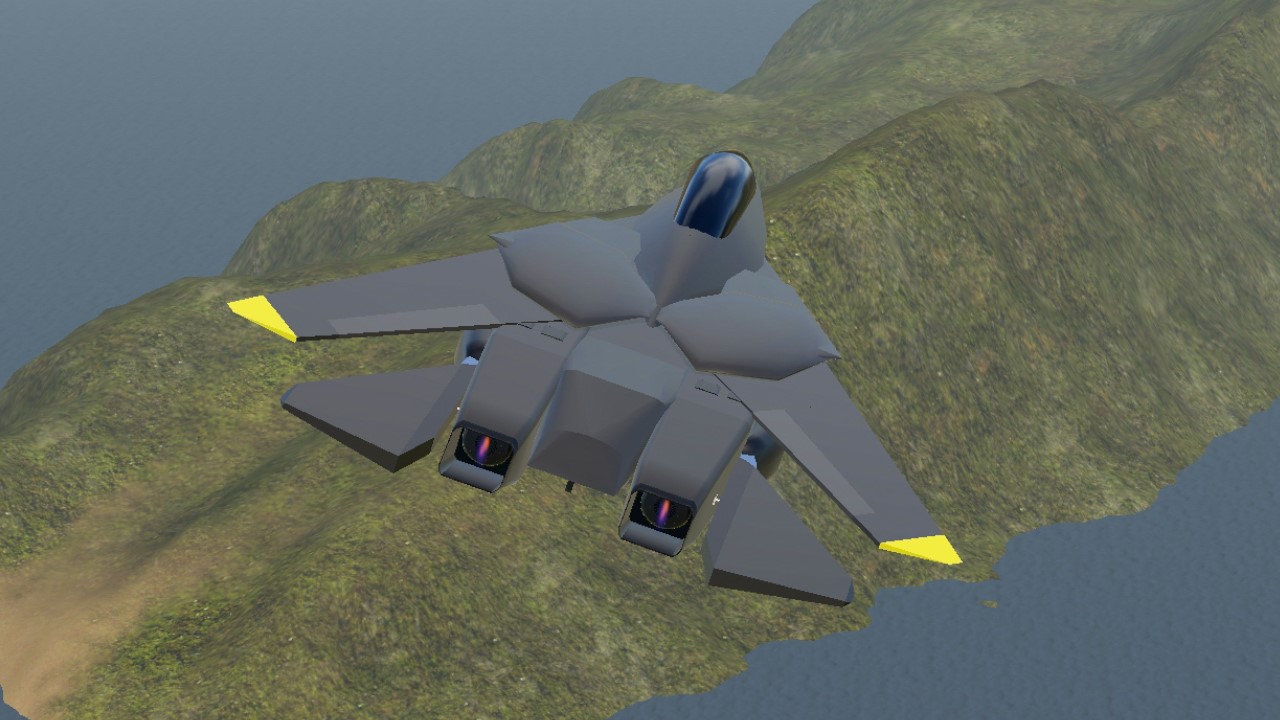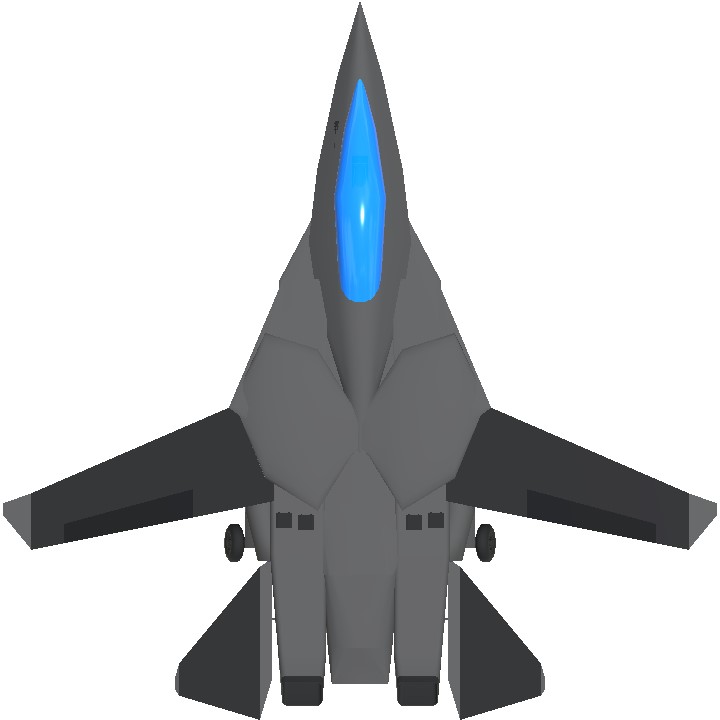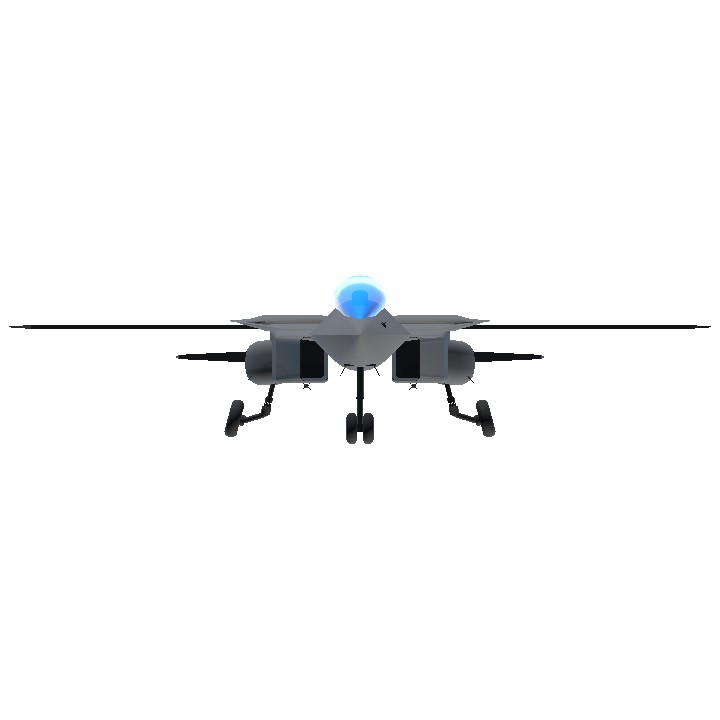F-41 Razorcat: The Future of Naval Aviation
Introduction
In the realm of military aviation, few aircraft have left as indelible a mark as the F-14 Tomcat. Renowned for its agility, versatility, and formidable combat capabilities, the Tomcat became a legend in its own time. With the technological advancements and evolving warfare dynamics of the 21st century, the U.S. Navy recognized the need for a new generation of naval fighters. Enter the F-41 Razorcat, the fictional successor to the illustrious F-14.
Origins of the F-41 Razorcat
Late 2020s: The Call for Modernization
Following two decades of counterinsurgency operations, the global security landscape shifted dramatically as near-peer adversaries re-emerged, fielding new and sophisticated air combat capabilities. The necessity for a multi-role naval fighter that could dominate in both air-to-air and air-to-ground operations became paramount. The Navy's initiative to replace the aging F/A-18 Hornet fleet brought to light the urgent need for a new platform that could leverage cutting-edge technology while embodying the spirit of the F-14.
The Conceptual Phase: 2029-2031
In 2029, a joint task force of engineers, pilots, and defense analysts convened to outline the requirements for the Navy’s next-generation air superiority fighter. Drawing inspiration from the F-14, they envisioned an aircraft that integrated advanced stealth, supercruise capabilities, and autonomous drone support.
The concept, initially codenamed "F-XX," began to take shape. Design specifications called for:
- Stealth Technology: Advanced radar-absorbing materials and a reduced radar cross-section, allowing better evasion from enemy radar systems.
- Supercruise Capability: The ability to fly at supersonic speeds without afterburner, enhancing fuel efficiency and operational range.
- Multirole Functionality: Seamless integration of air-to-air and air-to-ground munitions, as well as advanced electronic warfare systems.
2032: The Dawn of the Razorcat
In 2032, Lockheed Martin was awarded the contract to develop the next-generation fighter, and the F-41 Razorcat was born. The name "Razorcat" was chosen to evoke the legendary maneuverability and lethal precision of the original Tomcat, while also reflecting its stealthy, sharp design reminiscent of a predator in the wild.
Design Features
Aerodynamic Innovations
The F-41 Razorcat featured a blended wing body configuration, emphasizing agility and aerodynamic efficiency. The wings were variable geometry, allowing for increased lift during low-speed operations and optimal performance in high-speed flight.
Avionics and Control Systems
The cockpit of the Razorcat was equipped with an advanced digital glass interface, integrating artificial intelligence for real-time data analysis and combat strategy suggestions. Notably, it utilized a revolutionary Helmet-Mounted Display (HMD) system, providing pilots with unprecedented situational awareness and targeting capabilities.
Weapon Systems
The F-41’s weaponry was a blend of traditional munitions and advanced, precision-guided missiles. Signature armaments included:
- Long-Range Air-to-Air Missiles: Capable of engaging targets at extreme distances.
- Extended Range Precision-Guided Munitions: For ground support that maximized impact and minimized collateral damage.
- Collaborative Drone Swarm Deployment: The ability to deploy and control multiple drones for reconnaissance and support, enhancing combat effectiveness.
Operational History
2035: First Flight
The Razorcat took to the skies for the first time in 2035. Early testing demonstrated exceptional flight characteristics and operational performance that far exceeded expectations, leading to rapid further development.
2037: Integration into Fleet
By 2037, the F-41 Razorcat began to replace some F/A-18 hornets in carrier groups, undergoing intensive training exercises alongside existing naval assets.
2039: First Deployment
The Razorcat officially saw combat during a multinational naval exercise in the South China Sea. Pilots praised its agility, engagement range, and enhanced survivability against modern aerial threats.
2040: Real-world Engagements
In the face of rising tensions and skirmishes with hostile forces, the Razorcat played pivotal roles in air superiority and ground support operations. Its unparalleled performance and rapid adaptability solidified its status as the Navy's premier air combat asset.
Conclusion
The F-41 Razorcat stands as a testament to the legacy of the F-14 Tomcat, evolving the principles of naval aviation into a new era. With its advanced technology, design, and capabilities, the Razorcat not only honors its predecessor but also defines the future of aerial warfare, ensuring that the U.S. Navy remains a formidable force on the modern battlefield. As the Razorcat soars into the skies, the legacy of the Tomcat lives on, reimagined for a new generation.
Specifications
General Characteristics
- Created On Android
- Wingspan 72.5ft (22.1m)
- Length 73.1ft (22.3m)
- Height 17.2ft (5.2m)
- Empty Weight N/A
- Loaded Weight 36,017lbs (16,337kg)
Performance
- Power/Weight Ratio 3.743
- Wing Loading 53.6lbs/ft2 (261.6kg/m2)
- Wing Area 672.2ft2 (62.4m2)
- Drag Points 8463
Parts
- Number of Parts 89
- Control Surfaces 4
- Performance Cost 615




